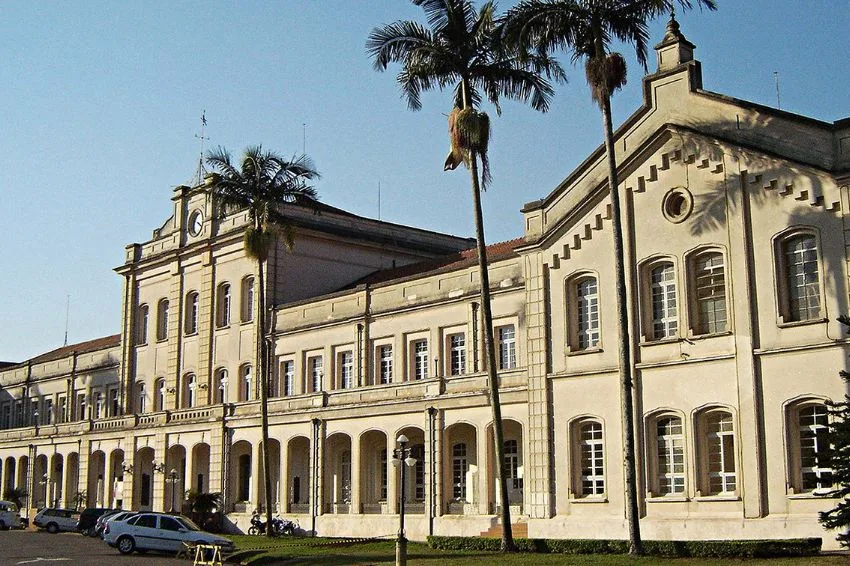The new text of PL 5829, which aims to create the legal framework for DG (distributed generation), will undergo changes. Among them is the holding of the accounts meeting, which will be divided into two stages.
In the first, there will be a period of six months for the CNPE (National Energy Policy Council) to establish the guidelines for the accounts meeting.
In the second, ANEEL (National Electric Energy Agency) will be responsible for carrying out a study on the valuation of DG in Brazil. To do this, the entity will have a period of 18 months after the date of publication of the document in the DOU (Official Gazette of the Union).
Read more: PL 5829 divides opinions among integrators
In the midst of this period, many doubts are emerging about whether energy storage can be an alternative to guarantee a business between integrators and end customers.
'It depends on each case'
In the view of José Marangon, a doctor in electrical engineering, a specialist in energy generation, transmission, distribution and commercialization, it cannot be said that investment in storage will be advantageous during the period in which ANEEL will be responsible for carrying out the GD valuation study. .
“It could be an opportunity after the quantification that the Agency will do, as it could affect the profitability of the modules – which today has in its favor the virtual battery provided by energy compensation. If ANEEL opts for Alternative 5, the battery would have a faster payback than just wire B”, he explained.
Concurrency factor
However, when referring to the concurrency factor, Marangon is emphatic in stating that it promotes storage. “Especially when we talk about residential systems, where the simultaneity between peak load and solar generation is very low. Consumption is displaced in relation to the moment of generation. This, in a way, boosts storage in these types of projects – which is used for the benefit of the network and is renumbered for that.”
“Storage can be used at various points on the electrical grid providing more flexibility. And when it comes to GD, it plays a relevant role. And then a lot depends on the configuration of the feeder, the types of load it feeds, etc. For example, if I have a residential power supply, batteries can be very useful”, he explained.
“You can even calculate the benefits that the panel or set of photovoltaic panels bring to the network. If the tariff considers these gains, they can be passed on to the generation holder”, he commented.
Marangon also pointed out that storage is an important accessory to add value to solar panels, especially in situations where the tariff is not appropriate at the time of generation. “This possibility tends to increase with the greater level of penetration of DG”.
Regarding commercial load, he commented that, as the peak in these systems is normally at 2pm or 3pm, the photovoltaic module already provides support. “Therefore, it brings a benefit to the end and ANEEL will have to value this”.
“But the question is this: if you increase the number of solar panels, what happens to the load curve? It starts to look like a duck*. Thus, storage comes to help and will have an important gain”, concluded Marangon.
More reviews
For Rogério Mattos, director of Ideatek, official representative of Tesvolt in Brazil, lithium storage integrated into photovoltaic systems will allow surplus energy produced during the day to be stored and used after sunset without transport via the public grid, avoiding any extra “taxation” to GD.
“Integrated systems operating in grid-zero day/night mode have become a reality in many countries and are one of the best alternatives for the Brazilian market during this 'dark' period of transition”, he pointed out.
According to Luiz Felipe Melo, director of distributor Minha Casa Solar, the new replacement text for PL 5829 mentions storage, which only reinforces the perception that a large market is emerging.
“What few professionals in the photovoltaic sector know is that lithium batteries have created a new market in the off-grid segment, still little explored. This new segment demands professional integrators and has an undeniably attractive payback”, he said.
“The sector is made up of high-end residences in remote locations, but mainly by companies ranging from agribusiness, through telecommunications, to oil and gas. To illustrate, Minha Casa Solar recently supplied a 57 kW off-grid photovoltaic generator with lithium batteries for use on a large railway. And look, it was just a pilot project for the railway with the new storage technology”, explained Melo.
According to the executive, this situation was repeated several times in 2021 and the reason is simple: lithium batteries can provide high energy availability, combined with durability of more than 10 years and falling prices.
“Just to compare, most traditional lead-acid batteries last 2 to 3 years. But the 'icing on the cake' is that the price of lithium batteries has fallen dramatically in recent years. This phenomenon is very reminiscent of the falling price of solar panels 10 years ago, which was one of the factors that made the growth of the photovoltaic sector in Brazil exponential,” he concluded.
Read more: Lithium battery price expected to fall 68% by 2050
*Duck curve is a graph that shows the difference in electricity demand on the grid and the amount of solar energy available throughout the day. It was created by the California Independent System Operator to demonstrate the electrical load on the ISO grid on an average spring day when it is sunny but temperatures are low, meaning demand is not as high as in the height of summer when temperatures people are using AC, or in winter when it is necessary to heat the houses.
















